This post is also available in:
 Español
Español
If you are thinking of travelling to Peru, you will probably want to know a little more about its culture and traditions, which are many!
In this post we invite you to learn about the most interesting customs in the country:
Which are the cultural traditions of Peru?
In Peru, there are about 3000 popular festivals a year, most of them related to religion and their indigenous roots. They are celebrations that have been taught and transmitted from generation to generation, always keeping alive the legacy of their millenary culture.
Some of them are the festivity of the Virgin of the Candelaria declared by the UNESCO as Intangible Cultural Heritage of Humanity, the Inti Raymi called as “the Sun’s festivity” and considered as the oldest and most known tradition of the Peruvian Andes or the Marinera Festival, which is one of the most famous and representative dances of the Peruvian coast.
The traditional music of Peru
The traditional music of Peru is a product of fusion over many centuries and reflects the history of the country. It is characterised by a mixture of Andean, Spanish and even African sounds and styles.
In each part of its coast, highland and jungle regions, a musical tradition has evolved and it is currently possible to catalogue more than 1500 different dances. In addition, there is a great number of Peruvian music genres, such as Andean, Amazonian or Creole, which is the most varied, as it was the region where there was the largest amount of crossbreeding.
On the other hand, its musical instruments of string, percussion and wind are also numerous, some of the most typical are the instruments like the flute and the Antara, the box or the guitar that they call “charango” in Peru.
Typical food of Peru
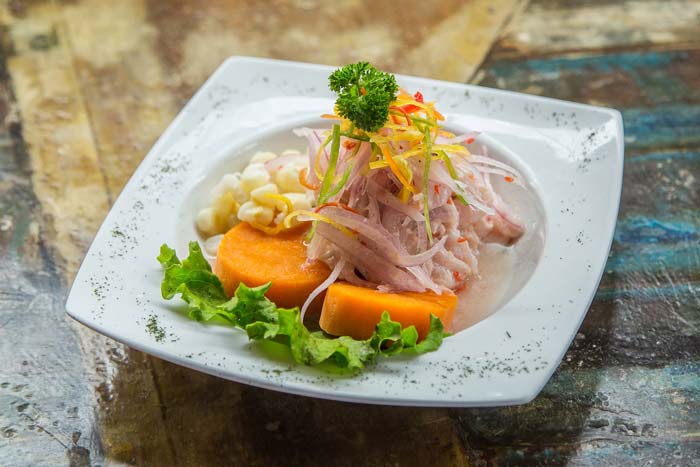
As we explained in one of our posts about the gastronomy of Peru, Peruvian food is diverse and very tasty and has been considered the best culinary destination by the World Travel Awards for 8 years in a row!
Some specialities that you should not miss and that will surprise you are the Peruvian ceviche, the ají of chicken, the lomo saltado or the Picarrones. If you like to discover new flavours, do not hesitate to try them!
Also, if you visit the Peruvian Amazon and you like beer you should try Masato, which is considered the sacred cassava beer. Both its original taste and its way of preparation will leave you amazed.
Traditional Peruvian Clothing
If you have researched what to do in Peru, this is a large country divided into several regions, each with its own identity and clothing. But in general, all their clothes are colourful and original and are usually used for special events.
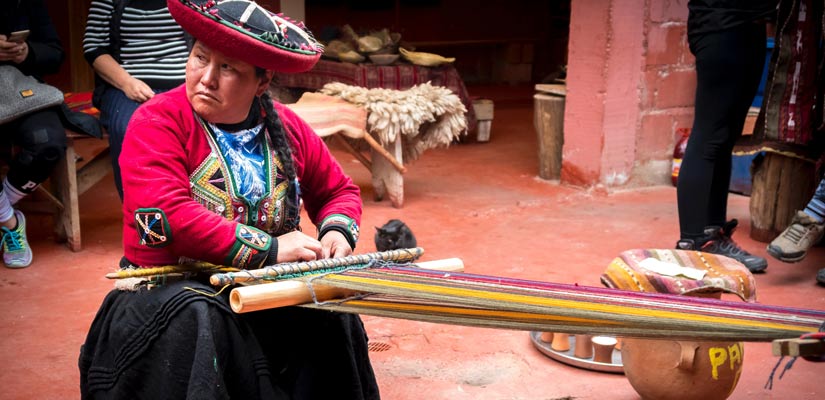
The traditional clothing of Peru is usually made of alpaca wool and is characterised by being thick and quite warm as it is usually cold in its valleys and mountains. If you visit for example the Sacred Valley of the Incas you will notice that there is very changing weather even during the day.
The men usually wear ponchos with the shape of rhombuses, although there are many types depending on the area and the purpose of the suit. Meanwhile, women wear ponchos, dresses, blankets or skirts and usually wear hand-knitted clothes on their shoulders. All of them with very intense colours.
A custom that calls the attention of visitors is the Peruvian hat, as they say that these represent the identity of the Peruvian people. Features such as the colour, the shape or the way the hat is made, are related to the economic possibilities of the person who wears it.
When is it festive in Peru?
As a Catholic country, Peru celebrates its Christmas holidays in December as well as Holy Week in April. But also on July 28th and 29th are celebrated “the patriotic festivities” for the independence of the Peruvian Republic. These two days commemorate Peru’s liberation from the Spanish Empire (they are considered the equivalent of other countries’ national day).
In fact, Peru also considers other days such as November 1, All Saints’ Day, or December 8, the day of the Immaculate Conception of the Virgin.
The most important Peruvian festivity
As we have already said, Peru is a religious country so the most important and deep-rooted celebrations are the religious festivities of Christmas and especially Easter.
Peru has many traditions in Easter and it is completely devoted to this celebration, every corner of the country is filled with candles, palms and processions, celebrating in different ways the passion, death and resurrection of Jesus Christ.

As you can see Peru is a country rich in culture and has a great variety of cultural traditions, from its music and costumes to its delicious food.
Now that you know a little more about it, what tradition has caught your interest the most? Are they very different from those of your country?

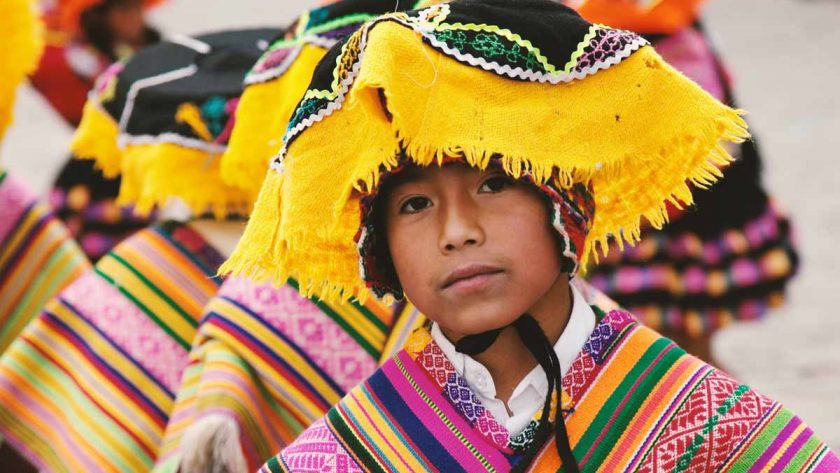


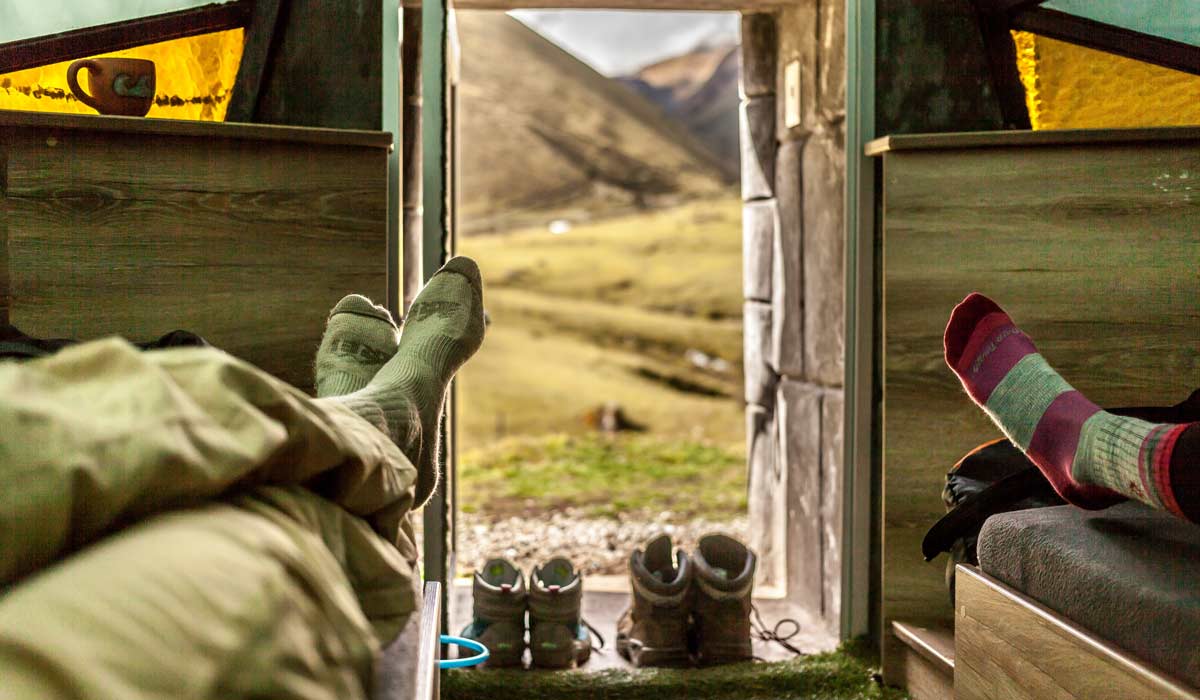
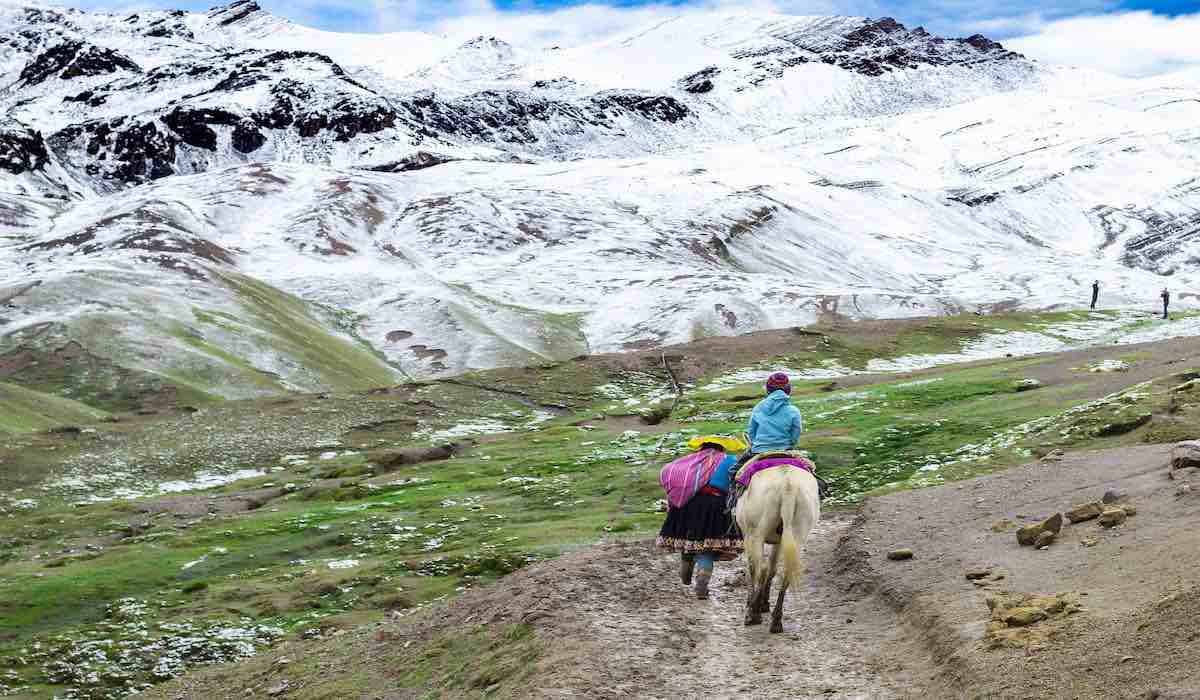

ami que mi importa,chupa pito mejor es lo que puedes aser mejor,de doy 200.m de me la chupas.
Hola me llamo pablo lopez y la comida no me gusta y yo fui a peru y la comida no me tuvo chorrio 5 dias y asta me cage en publico!!! y pues no les recomiendo la comida de peru,mejor coman frijloles con tortilla!!
Hola, me encanta este sitio web, es genial!
Y ami que mi importa si te gusta nomas no commentes cosas que a nadie le importa,
y sabes que?? es mejor que no comentes por eres bien pedeja y aperte se ve que tus papas no te quieren por eso estupido nombre que te pusieron😐😂,Liah jaja sueno mejor chupa pito que ese nombre de mierda